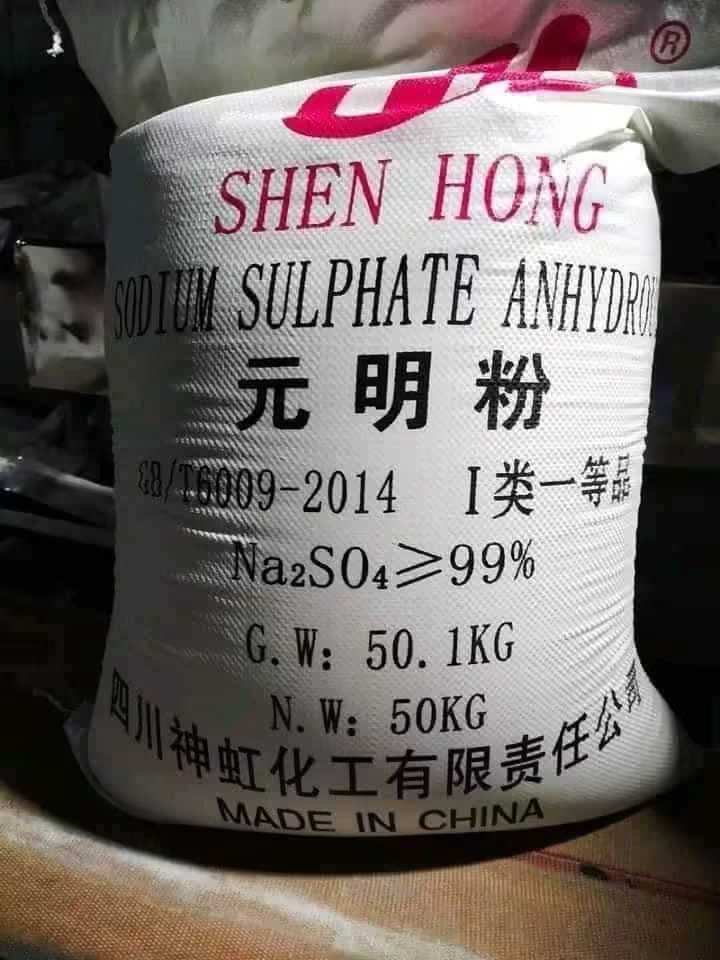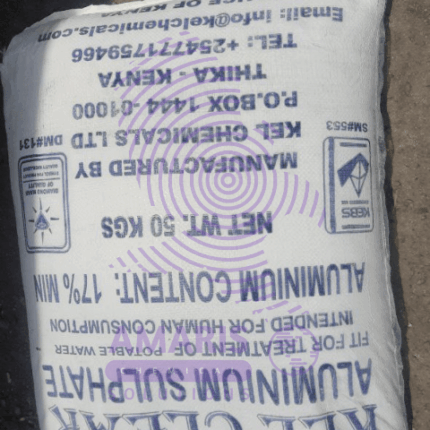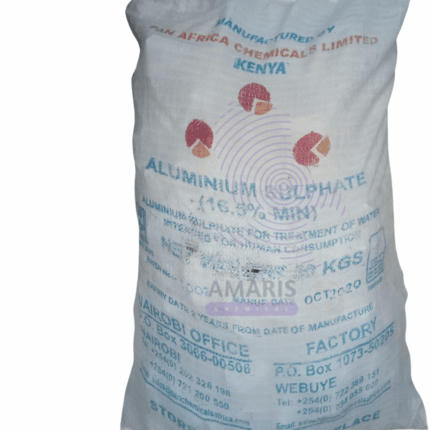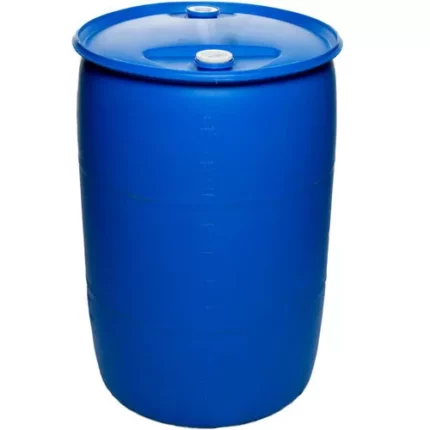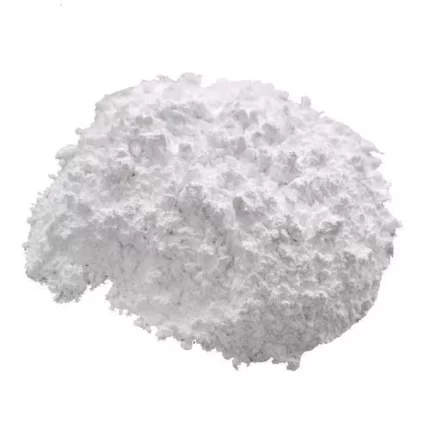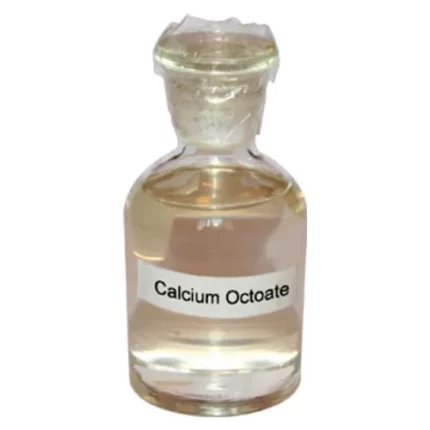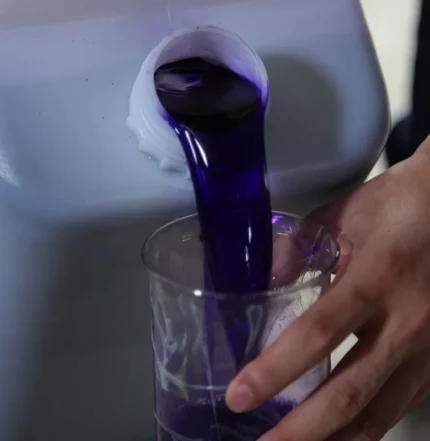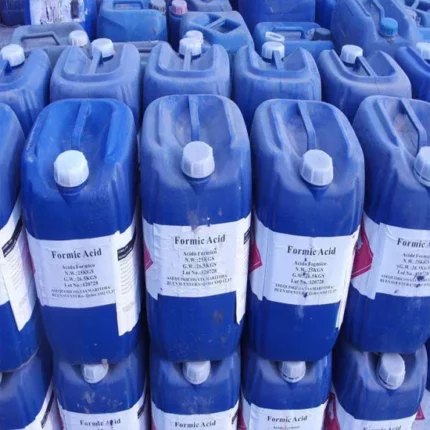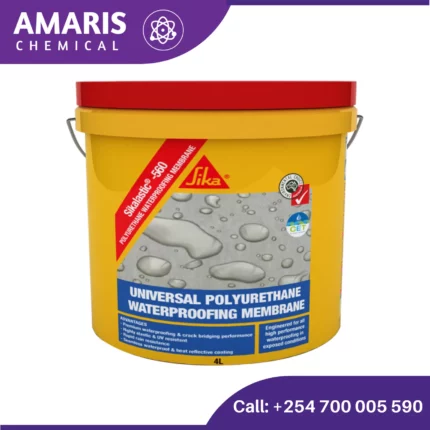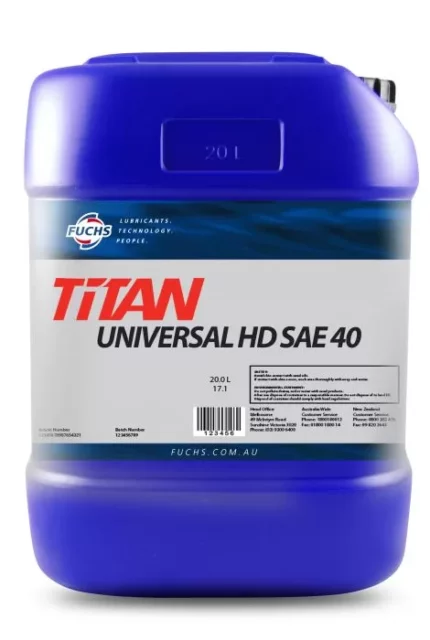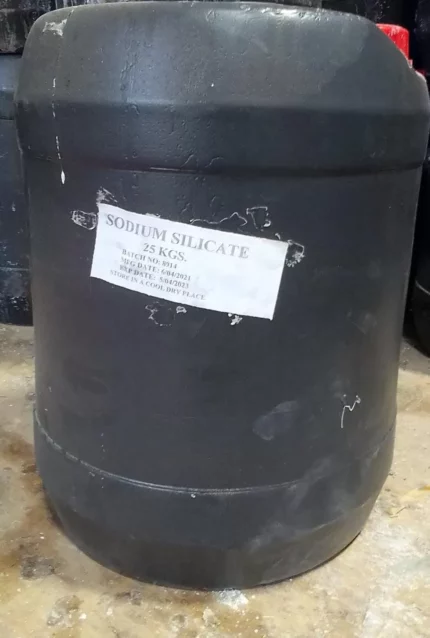
Sodium silicate 20litres
$5,500.00 Original price was: $5,500.00.$5,300.00Current price is: $5,300.00.

Sodium persulfate 25kg
$8,000.00 Original price was: $8,000.00.$7,900.00Current price is: $7,900.00.
Sodium Sulphate anhydrous 25kg
$8,500.00 Original price was: $8,500.00.$8,000.00Current price is: $8,000.00.
Whatsapp Order
Sodium sulfate (chemical formula: Na₂SO₄) is an inorganic compound widely used in various industries. Here’s a detailed overview of sodium sulfate:
Properties
- Molecular Formula: Na₂SO₄
- Molar Mass: 142.04 g/mol
- Appearance: White crystalline solid
- Solubility: Highly soluble in water
- Density: 2.68 g/cm³ (anhydrous), 1.464 g/cm³ (decahydrate)
- Melting Point: 884 °C (anhydrous)
- Boiling Point: Decomposes before boiling (anhydrous)
Types
- Anhydrous Sodium Sulfate: Often referred to as the mineral thenardite.
- Decahydrate Sodium Sulfate: Known as Glauber’s salt (Na₂SO₄·10H₂O).
SKU:
ACS48186CHEM0
Category: OTHERS
Description
Uses of sodium sulphate
- Detergent and Cleaning Agents:
- Used as a filler in powdered detergents.
- Glass Manufacturing:
- Acts as a fining agent to remove small air bubbles from molten glass.
- Textile Industry:
- Used in dyeing and printing textiles.
- Paper Industry:
- Utilized in the kraft process for wood pulping.
- Medicine:
- Known as a laxative in its decahydrate form (Glauber’s salt).
- Chemical Industry:
- Used in the manufacture of various chemicals, including sodium sulfide, sodium silicate, and sodium dichromate.
Additional information
| Weight | 25 kg |
|---|
Related products
Aluminium Sulphate powder (Alum)
Rated 4.98 out of 5
Aluminium sulphate, also known as alum, is a chemical compound made up of aluminium, sulphur and oxygen. It has the chemical formula Al2(SO4)3 and is commonly used in water treatment plants as a coagulant to remove impurities such as suspended particles, organic matter, and bacteria from water.
Alum is a white crystalline substance that dissolves in water to form a colourless solution. It has a variety of other applications, including in the manufacturing of paper, textiles, and in various industrial processes. In addition, alum has medicinal uses as an astringent and as a component of antiperspirants.
Overall, aluminium sulphate or alum is a versatile compound with a range of practical uses in various industries and applications.
Bondex 5299 240 kg
Calcium Carbonate (uncoated)
Uncoated calcium carbonate refers to a natural mineral substance that is composed of calcium carbonate without any additional coatings or surface treatments. It is a white, powdery material that is commonly used in various industrial applications, including the manufacture of paper, paints, plastics, and rubber products, as well as in construction, agriculture, and the food and pharmaceutical industries. Uncoated calcium carbonate is typically mined from natural deposits of limestone or chalk and is often ground into fine particles to achieve the desired particle size and purity for specific applications
Calcium Octoate 10%
Cobalt Octoate 10% 200kg Drum
Cobalt octoate is a chemical compound that consists of cobalt ions (Co2+) bound to octoate ions (also known as octanoate ions, C8H15O2-). It is often used as a catalyst in various chemical reactions, particularly those involving the curing of unsaturated polyester resins and the polymerization of vinyl chloride. Cobalt octoate can also be used in the production of coatings, adhesives, and inks.
In its pure form, cobalt octoate appears as a dark blue liquid with a characteristic odor. It is soluble in a variety of organic solvents and is typically sold as a solution in mineral spirits or other solvents. The concentration of cobalt octoate in these solutions can vary depending on the intended use, with concentrations typically ranging from 1% to 12%.
Formic Acid 85% 25 kg Jerrycan
Formic acid is a colorless, pungent liquid with a chemical formula of HCOOH. It is the simplest carboxylic acid, naturally occurring in certain fruits and vegetables and in the venom of some ants. It has a wide range of industrial applications as a preservative, antibacterial agent, solvent, and in the production of textiles, leather, rubber, and other materials. It also has some medical applications and is used in organic chemistry reactions as a reducing agent. However, formic acid is highly corrosive and can be dangerous if ingested or inhaled in large quantities.

